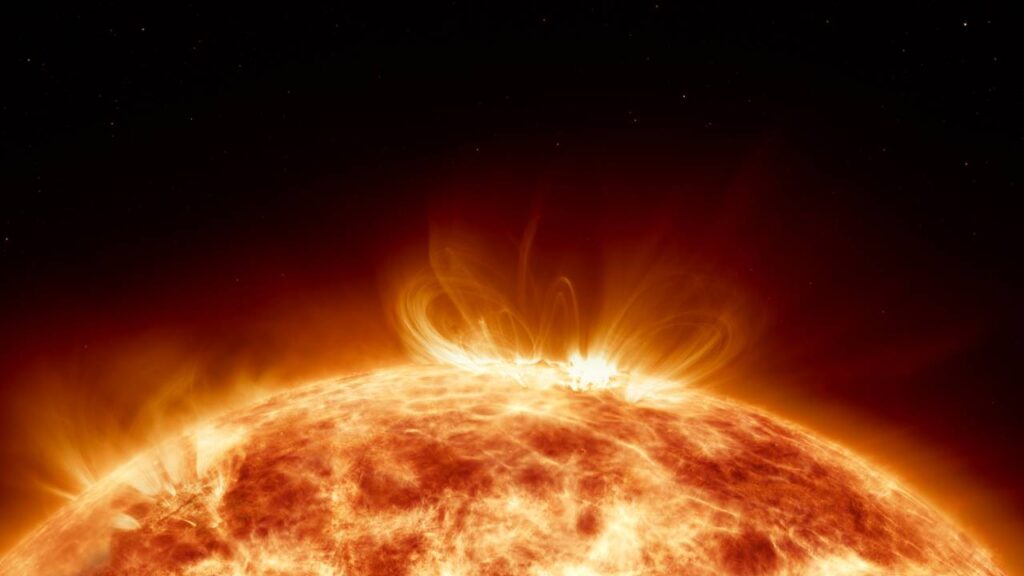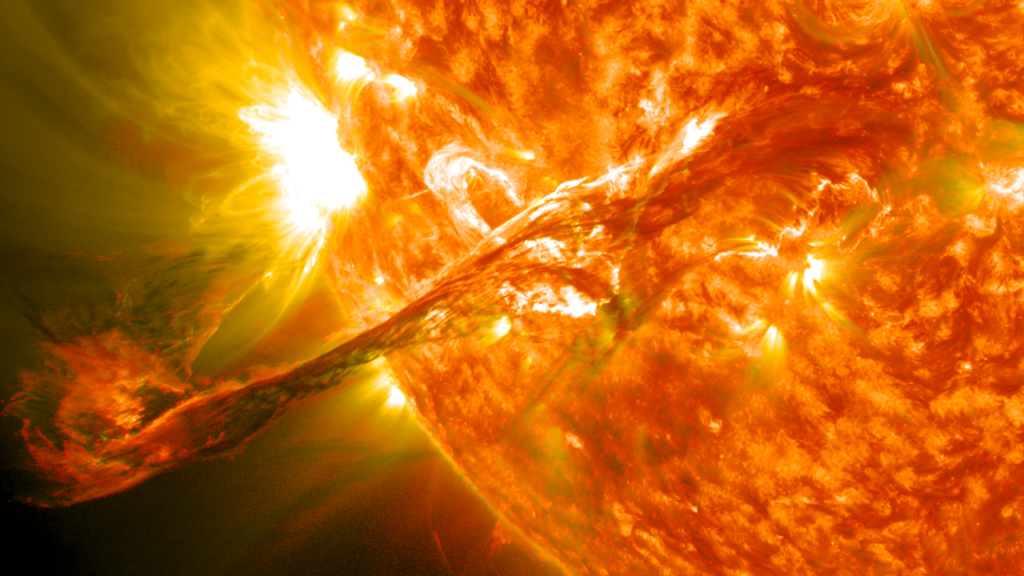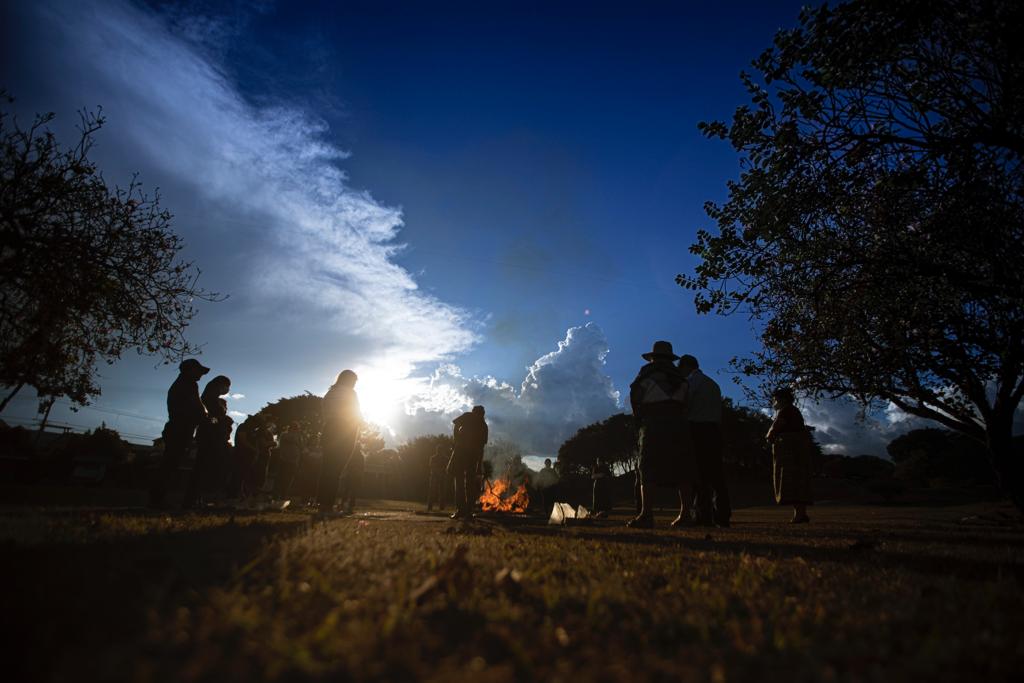What are solar storms, and how to prepare for the next one?

The Earth is frequently impacted by solar storms, events that can have significant consequences on our modern infrastructure. To understand how they affect and how to prepare for these phenomena, it is essential to know their nature and possible implications.
What are solar and geomagnetic storms?
Solar storms, also known as geomagnetic storms, occur when the Sun emits a large amount of charged particles and electromagnetic radiation that interact with the Earth’s magnetic field and upper atmosphere. These events usually originate from coronal mass ejections (CMEs), solar flares and high-speed solar wind streams. CMEs are massive releases of plasma and magnetic fields from the Sun, while solar flares are bursts of energy that emit electromagnetic radiation.
In some cultures, solar storms are considered spiritual events that can influence people’s daily lives and health. For example, in some faiths, it is believed that they can affect people’s mood, energy and emotional balance. Also, in some spiritual practices, they are seen as opportunities for meditation, reflection and connection with nature. It is believed that during these storms, the Sun’s energy can be used for personal growth, healing and connection with universal energy.


Solar storm effects
When particles and radiation from a solar storm reach the Earth, they can cause a variety of effects:
- Induced geomagnetic currents: They can affect electrical networks, causing voltage fluctuations and even blackouts.
- Communications disruptions: GPS signals and satellite communications may be affected.
- Auroras: These events generate auroras visible at high latitudes and, in severe cases, at lower latitudes.
- Navigation systems: Solar storms can affect the accuracy of satellite navigation systems.
Historical examples and potential impacts
The solar storm of March 24, 2023, caused by a huge hole in the solar corona, caused fluctuations in power grids and minor problems in GPS systems. Previous events such as the Carrington storm of 1859, however, have shown that the consequences can be much more serious. Storm Carrington disrupted telegraph systems in Europe and North America, causing fires and damage to equipment due to induced currents.
A 2008 analysis by the U.S. National Academy of Sciences concluded that a solar storm of Carrington’s magnitude would have unprecedented social, political and economic consequences, surpassing even the effects of the COVID-19 pandemic. The total economic impact in the United States was estimated to exceed $2 billion.


In the Mayan cosmovision, the balames are believed to be protective spirits that guard the boundaries of the community and offerings are made to them during ceremonies to ask for the protection of crops and animals. In some regions of Galicia, people turn to the saints to ward off storms and protect the fruits of the fields. The Totonacs of Veracruz, Mexico, perform the ritual ceremony of the Voladores as a symbol of identity and to live in harmony with nature.
Preparing for a solar storm
Getting ready for a solar storm involves a mix of tracking, strategizing, and taking preventive actions.
- Stay informed: Keep abreast of space weather alerts and forecasts issued by agencies such as NOAA. These alerts can provide advance information about possible solar storms.
- Emergency Plan: Develop an emergency plan for your home and family, including actions to take in the event of a severe solar storm. Make sure all family members know and can execute the plan.
- Communications: Have alternative methods of communication, such as shortwave radios or citizens band (CB) radios, as cellular and internet networks may be affected.
- Supply reserves: Store non-perishable food, drinking water and essential medicines for at least two weeks, in case of prolonged power outages.
- Backup power: Consider investing in a portable generator and keep it ready for use. Make sure you have enough fuel safely stored.
- Electronic device protection: Use surge protectors and consider storing additional electronic devices in a Faraday cage or electromagnetic protection (EMP) bags.
- Vehicle preparation: Make sure your vehicle is in good condition and has a full tank of fuel, as electronic systems may be affected.
- Finances: Have cash on hand, as electronic transactions and ATMs may be affected.
- Community networks: Collaborate with neighbors and the local community to develop emergency plans and share resources.
- Survival skills training: Learn basic survival skills, such as first aid, water purification and food cultivation and preservation.
Preparing for a solar storm involves not only being aware of warnings and forecasts, but also having a comprehensive plan that addresses all aspects of daily life that could be affected. With the right measures, it is possible to mitigate the impacts and ensure survival in the face of these natural phenomena.
Sensorial Sunsets
Navigate articles





